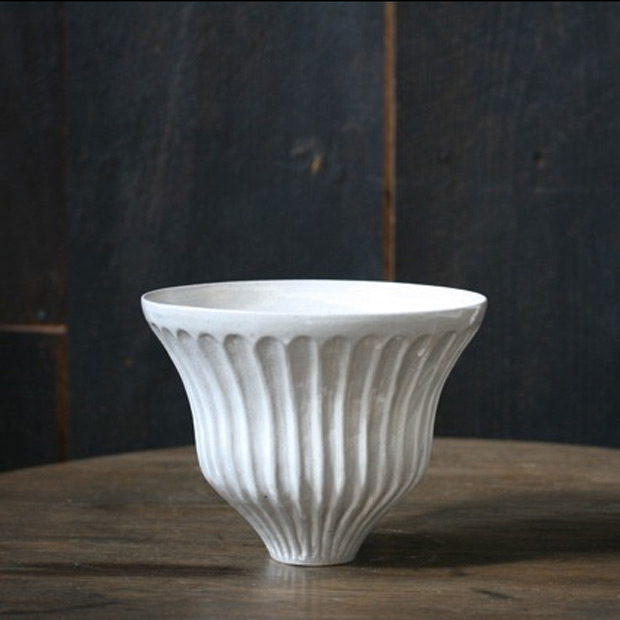Colectivo 1050° Ceramics
An industrial designer’s mission to save Mexico’s traditional clay-making process arms and empowers Oaxacan artisans

“For designers, problems are possibilities: the source for innovation,” says Kythzia Barrera. The problem? The rapid disappearance of Oaxacan pottery workshops and with it, the eradication of traditional Mexican clay-making processes that stem back more than 3,000 years. The determined industrial designer has been working tirelessly for over 10 years to create a legitimate place for artisanal Mexican crafts within our globalized economy, and the upshot of her work is the MoMA-endorsed NGO Innovating Tradition and retail component, Colectivo 1050°.
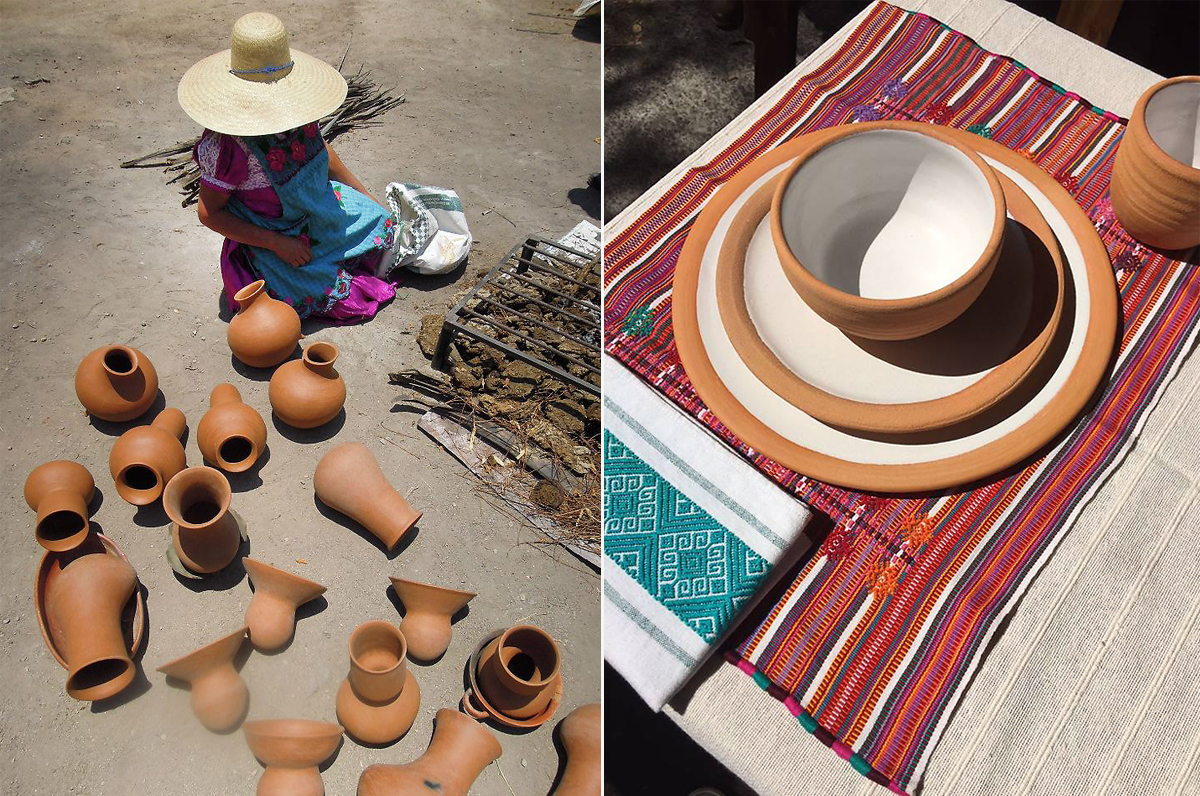
Barrera came to understand this dire situation in 1995, while doing an urban planning internship with the Oaxaca City government. The area of focus was Xochimilco, where a lot of textile artisans have their home, so she spent a lot of time going around to markets, analyzing different crafts. While some objects there astonished her for their beauty and superb functionality, she was also horrified by “nonsense objects that didn’t have any logic for the context in which they were created—like SpongeBob, [ceramic] tits on a cup or decorations of flowers that were not originally from the area. Symbolism was completely trashed and functional wisdom was gone.” The shock inspired her to talk with the village artisans and spend time at the library gathering as much information as possible about the history and origin of Oaxacan crafts.
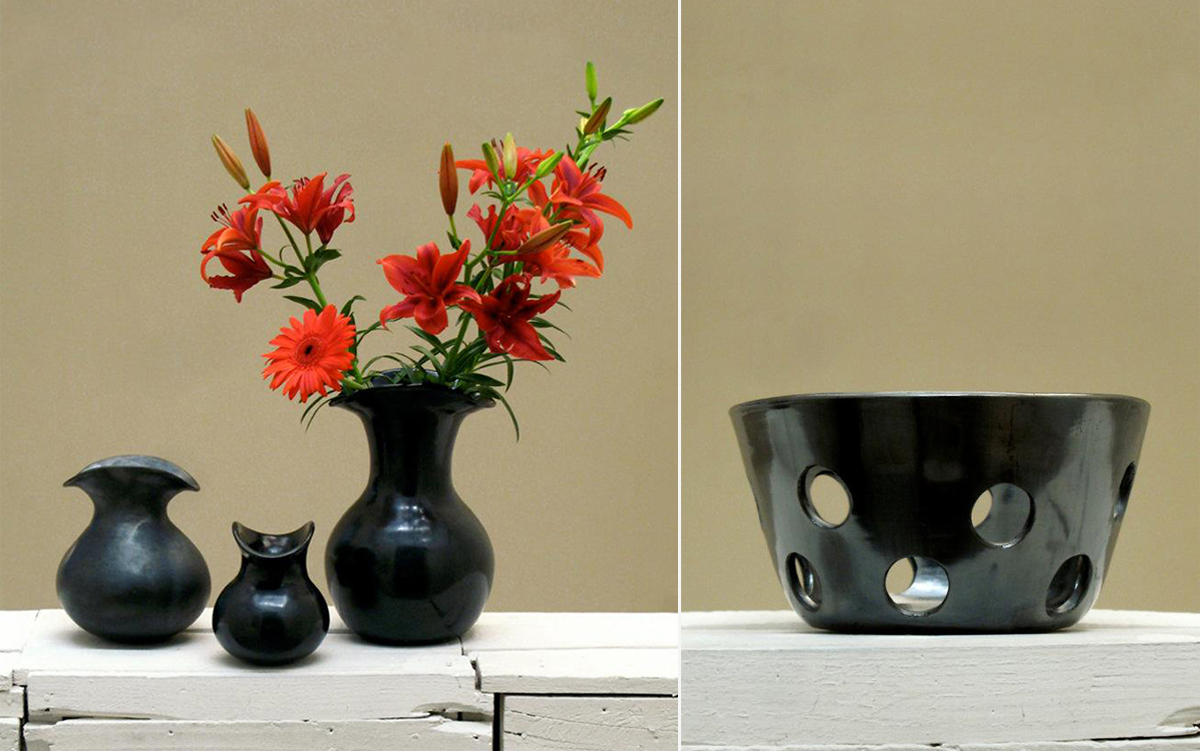
“I was very young at that time. I couldn’t put together the rest of the puzzle, nor do anything with all that information. But I put everything into my brain, and used it 10 years later for my master thesis at Design Academy Eindhoven,” she says. The school encouraged her to think pragmatically and approach crafts using tools from biology and social sciences. In a globalized world where, she notes, “more than 300 products are created every second,” she wanted to prove that “design could upgrade Mexican crafts” to show their potential and modern value.
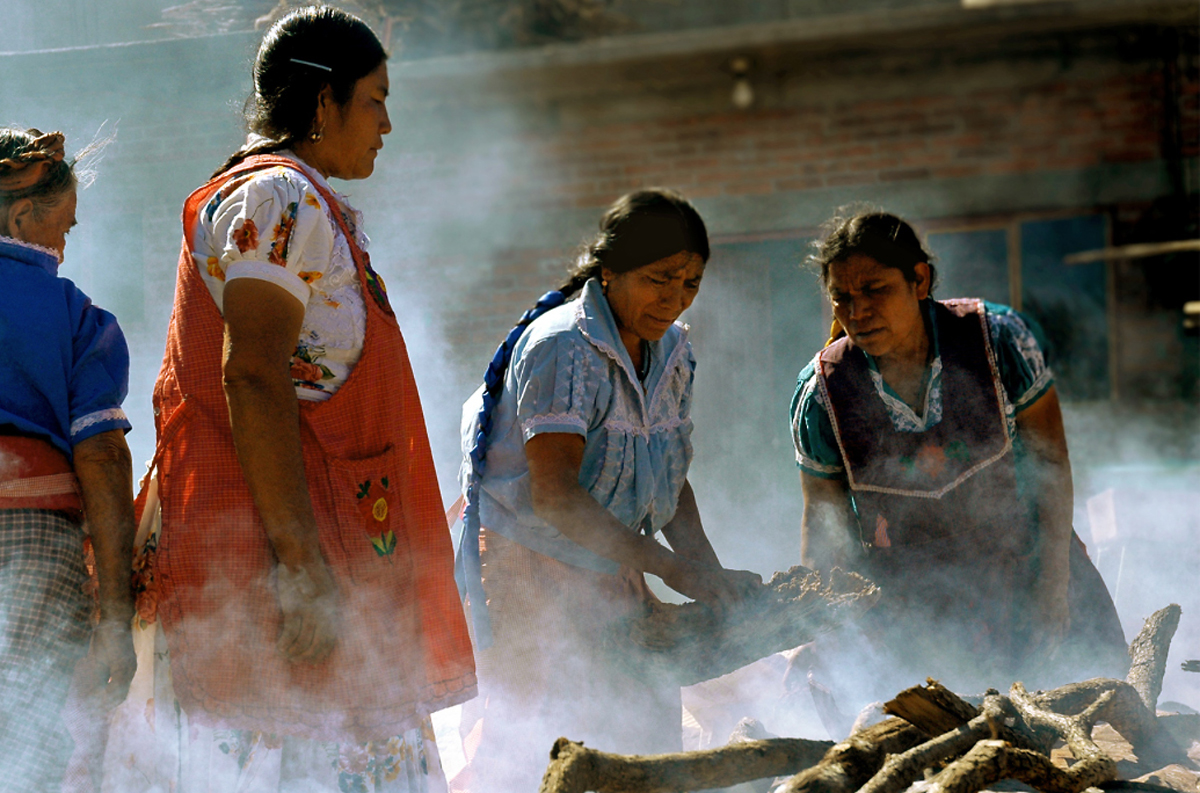
She tested her hypothesis by organizing workshops with artisans and designers who worked collectively for three weeks to create a “new offspring” of crafts that could evolve from but continue to keep features of their ancient predecessors. “That workshop, which we still run year after year, has been the most creative atmosphere I had ever been in,” says Barrera. “That was the beginning of an endless project which continues to give beautiful offspring.”

Recognizing proof in concept but the reality of implementing her strategy back home, Barrera tells us she knew that if she “wanted to make this miracle happen” she needed to start bottom-up by investing time and human resources into building trust with the artisans. She devised a system of developing products in collective groups in a workshop environment, where numerous people participate in the design of a single piece. Her role is to guide the creative process while allowing the artisans to flex their expertise and take the lead.
She also introduces innovations that keep traditional processes intact but benefit their mission, such as a project called Fire Dragons. It’s “the first kiln in the world for low-temperature ceramics that works with recuperated oil from local restaurants in Oaxaca in order to reduce costs and have a competitive advantage,” she says.
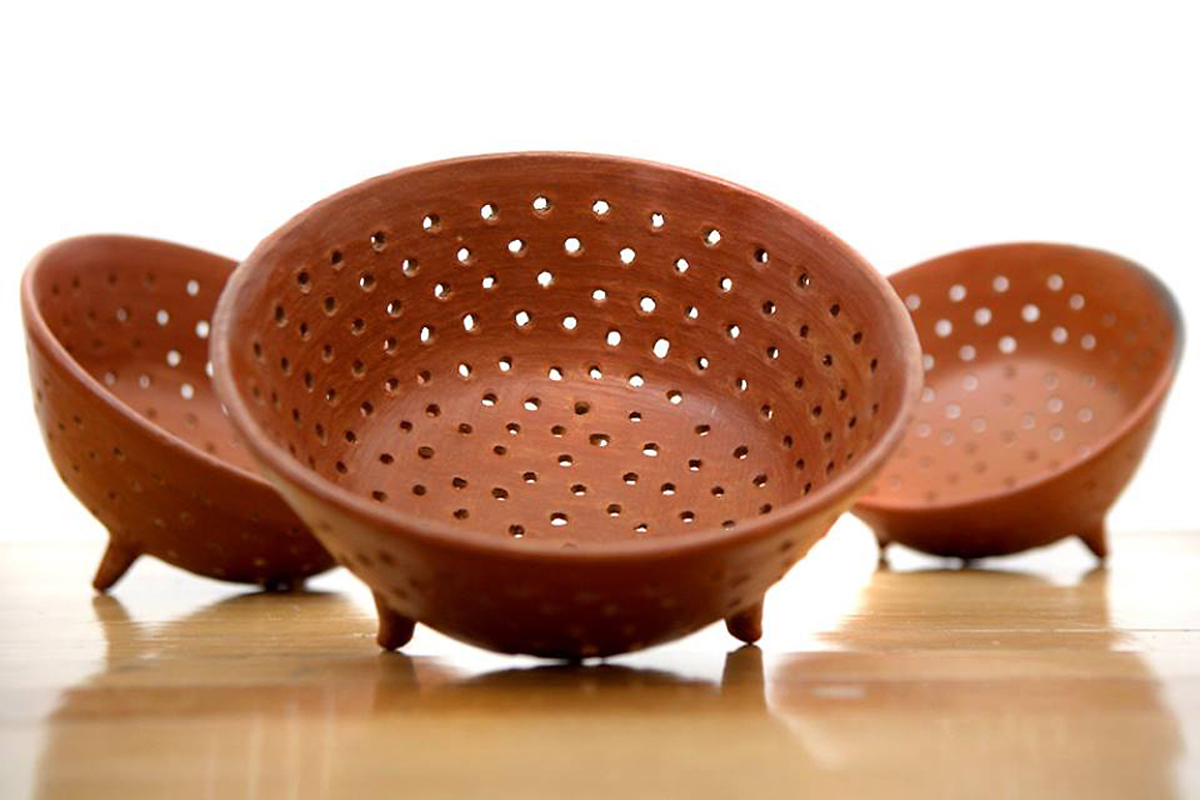
Barrera’s continuous design thinking and relentless efforts are visible not only in the beautiful ceramics we saw on display at the Mexico City design fair Caravana Americana, where recently we met and learned about her endeavor. Her accomplishments are also quantifiable. “In the 1970s, around 150 potters made a living in Mexicapan, whereas in 1995 around 50 potters were left and by 2003 it was gone.” At that time only a handful of workshops remained, and when she founded her non-profit in 2005, it was with just two villages and three artisans. “Today,” she says, “we are seven villages (out of 70 in the state of Oaxaca), supporting 45 artisans.”
Images courtesy of Colectivo 1050°

